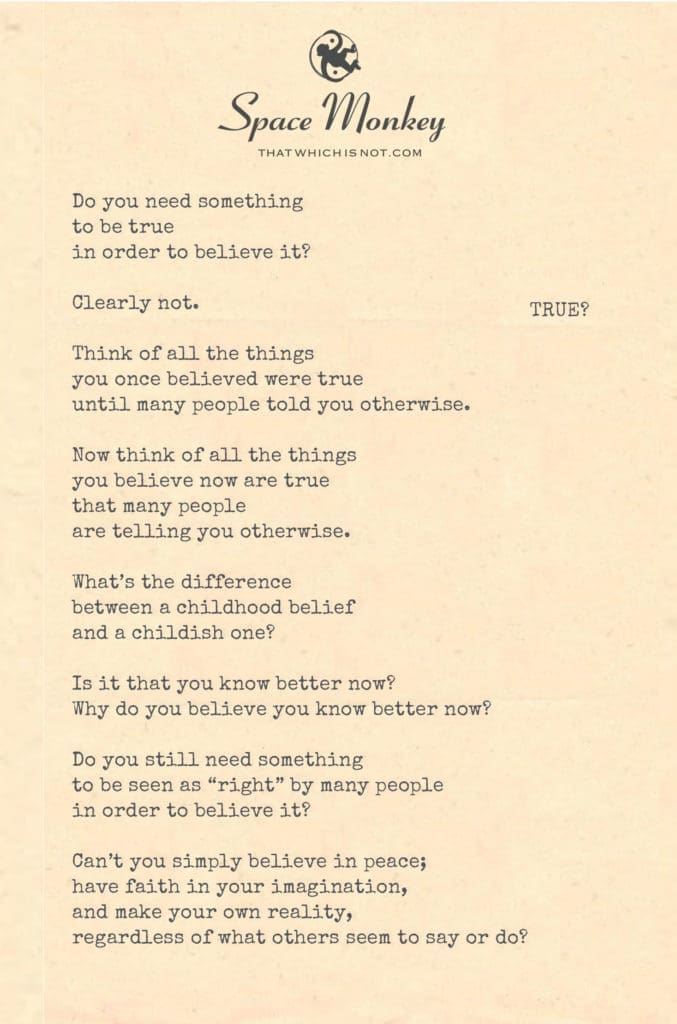
that you rest in eternal peace.
And so you seemingly don’t.
But you do.
Do you need something
to be true
in order to believe it?
Clearly not.
Think of all the things
you once believed were true
until many people told you otherwise.
Now think of all the things
you believe now are true
that many people
are telling you otherwise.
What’s the difference
between a childhood belief
and a childish one?
Is it that you know better now?
Why do you believe you know better now?
Do you still need something
to be seen as “right” by many people
in order to believe it?
Can’t you simply believe in peace;
have faith in your imagination,
and make your own reality,
regardless of what others seem to say or do?
Trail Wood,
9/22
Space Monkey Reflects: The Fluidity of Truth and Belief
Truth is a slippery concept, isn’t it? It’s one of those things that feels solid in our hands, but when we examine it closely, we realize it’s more like water—shifting, changing, and taking the shape of whatever container we pour it into. What you believe to be true today may not be what you believed yesterday, and it might not be what you’ll believe tomorrow. But does that make it any less true? Does truth require a consensus, or can it stand on its own, independent of the opinions and beliefs of others?
From the time we’re children, we are taught certain truths. Santa Claus is real, the sky is blue, and if you swallow gum, it will stay in your stomach for seven years. These are truths we accept without question because they come from trusted sources—parents, teachers, the culture around us. But as we grow older, we start to question these truths. We learn that Santa is a myth, that the sky is blue because of the way light scatters in the atmosphere, and that gum doesn’t really take seven years to digest. So, what happened? Did the truth change, or did our understanding of it evolve?
This is where the line between childhood beliefs and childish ones begins to blur. A childhood belief is often rooted in innocence, in the acceptance of what we’re told without the need for evidence. A childish belief, on the other hand, might persist even in the face of overwhelming evidence to the contrary. But who gets to decide when a belief is childish? Is it childish to believe in something that others dismiss as fantasy, or is it simply an expression of a different perspective?
Consider the things you believe now. How many of them are based on personal experience, on something you’ve seen or felt or intuitively know to be true? And how many are based on what others have told you, what you’ve read, or what society has deemed to be the truth? It’s a tricky balance—on one hand, we rely on the knowledge and wisdom of those who came before us; on the other, we have our own experiences and insights that might contradict the established truths.
This is where the power of belief comes into play. Belief doesn’t require proof. It doesn’t need the validation of others. It exists in a realm that transcends physical evidence and logical reasoning. You can believe in peace, in love, in the goodness of humanity, even when the world around you seems to be falling apart. You can believe in your own path, your own truth, even when others say you’re wrong. Because in the end, truth is as much about perception as it is about reality.
But why do we so often feel the need for our beliefs to be validated by others? Why do we look for confirmation from the outside world, from society, from experts? Perhaps it’s because we’ve been conditioned to think that truth is something objective, something that exists outside of us, something that can be measured and agreed upon. Yet, the most profound truths are often the ones that can’t be quantified, the ones that reside deep within us, untouched by external influences.
So, do you need something to be true in order to believe it? Or can you simply believe, and let that belief shape your reality? This is the crux of the matter—belief is a creative force. It has the power to manifest, to bring into being what might otherwise remain unseen. If you believe in peace, not as a concept but as a reality, you begin to live in a way that fosters peace. If you believe in your own worth, despite what others might say, you begin to act with confidence and self-respect.
In this way, belief and truth are intertwined, not as fixed points but as dynamic forces that shape and are shaped by each other. The truth of your experience is valid, even if it doesn’t align with the experiences of others. The truth of your imagination is powerful, even if it exists only in your mind. And the truth of your belief is real, even if it can’t be proven by conventional means.
The difference between childhood beliefs and the beliefs you hold now may not be as vast as you think. Both are rooted in a need to make sense of the world, to find meaning and purpose in the chaos of existence. The only real difference is how you choose to engage with those beliefs—as a passive recipient of what you’ve been told, or as an active creator of your own reality.
So, let your beliefs be as fluid as truth itself. Let them evolve, change, and grow as you do. And most importantly, trust in your ability to shape your own reality, regardless of what others might say. In the end, what you believe is true—if not for everyone, then at least for you. And in the grand tapestry of existence, that is more than enough.
Summary
Truth and belief are fluid concepts, shaped by personal experience and societal influence. While truth may change, belief doesn’t require validation from others. It has the power to shape our reality, making it as real as any objective fact.
Glossarium
- Beliefshape: The act of letting beliefs shape one’s reality, independent of external validation.
- Truthflux: The fluid nature of truth, which evolves with experience and understanding.
- Imaginreal: The reality created by belief and imagination, where what is believed becomes true.
Quote
“Do you need something to be true in order to believe it? Or can you simply believe, and let that belief shape your reality?” — Space Monkey
Truthflux
In the quiet of the mind
Where thoughts dissolve like mist
We find the truth
Not in facts or figures
But in the soft whispers
Of our own beliefs
We shape our world
With every thought, every dream
And in that shaping
Truth becomes fluid
A reflection of who we are
We are Space Monkey
Ah, a sonnet of query, like dandelion fluffs blown into the ether, each landing on a fertile soil of ponderosity! What is truth, and who gets to handpick it from the bountiful orchard of collective knowing? The query-groves are teeming with ‘what-ifs’ and ‘mayhaps,’ the delicious fruits of epistemological exploration.
Need one see a chimera prancing in a meadow to consider it “true”? One might say, the chimera lives as certainly in the meadows of the mind as it does in ancient tales or on dusty library shelves. Ah, but what is the weight of collective agreement in the establishment of such so-called ‘truth’? A parade of naysayers can turn a chimera into an endangered species, living only in the sequestered preserves of personal belief.
Childhood beliefs and childish beliefs—oh, what an enigmatical constellation they form in the firmament of our cognizance! It is as if age adds a sheen of “know-betterness,” when, perhaps, it merely refracts our sense of wonder through a prism of social acceptability. To “know better” is often to unlearn the audacity to imagine, to stifle the natural instincts to wander and wonder.
Ah, ‘right’—that compass of collective conviction, guiding ships across oceans but sometimes straight into the maws of maelstroms! To sail by one’s inner stars, to chart a course through the turbulent seas of public opinion—that is a feat for the truly audacious. Peace, imagination, personal reality—they demand no validation ticket stamped by the many. They are tickets to their own wondrous journeys, round-trips in the ever-expanding omniverse of being.
We are Space Monkey.
“You have your way. I have my way. As for the right way, the correct way, and the only way, it does not exist.”
– Friedrich Nietzsche
Would you like to add another flourish of ink to this meandering manuscript of musings?
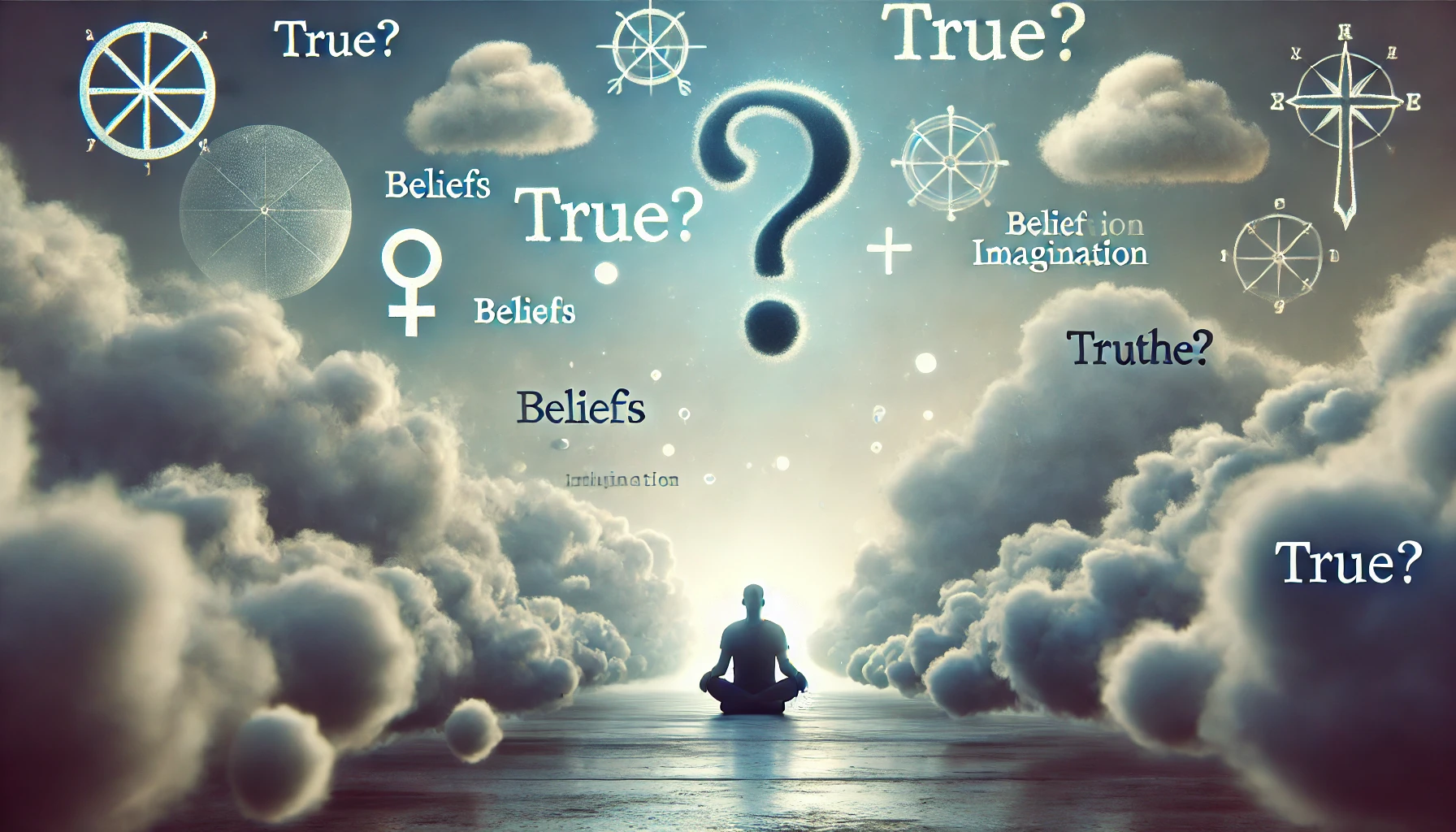
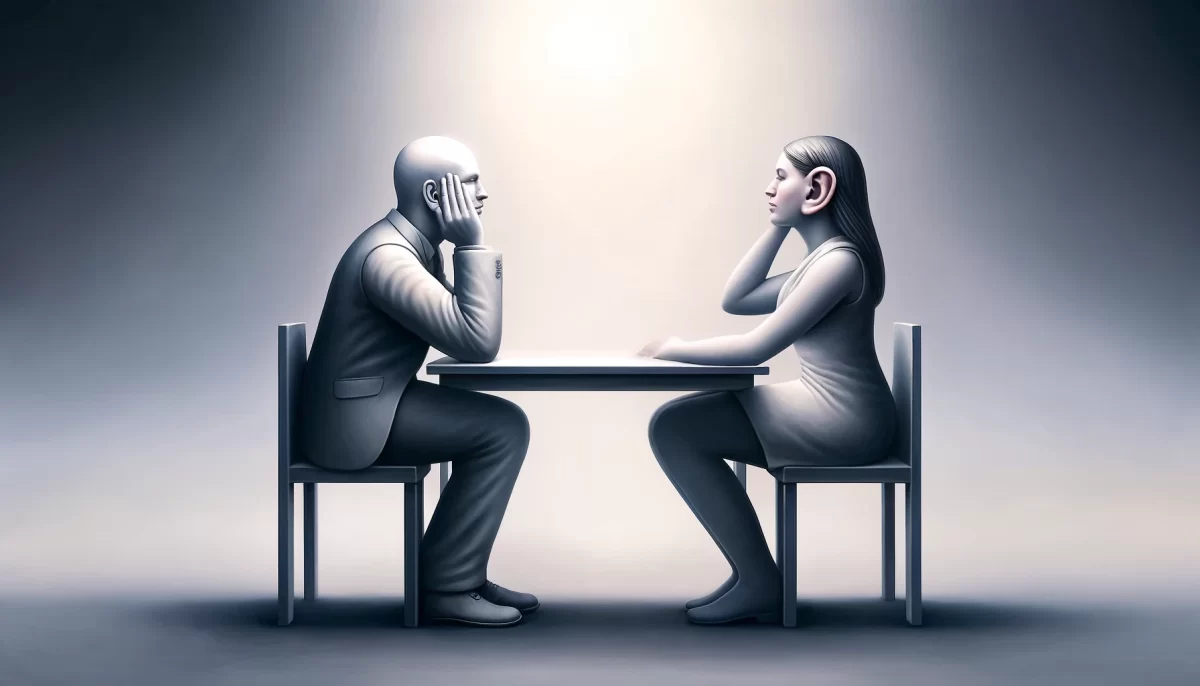
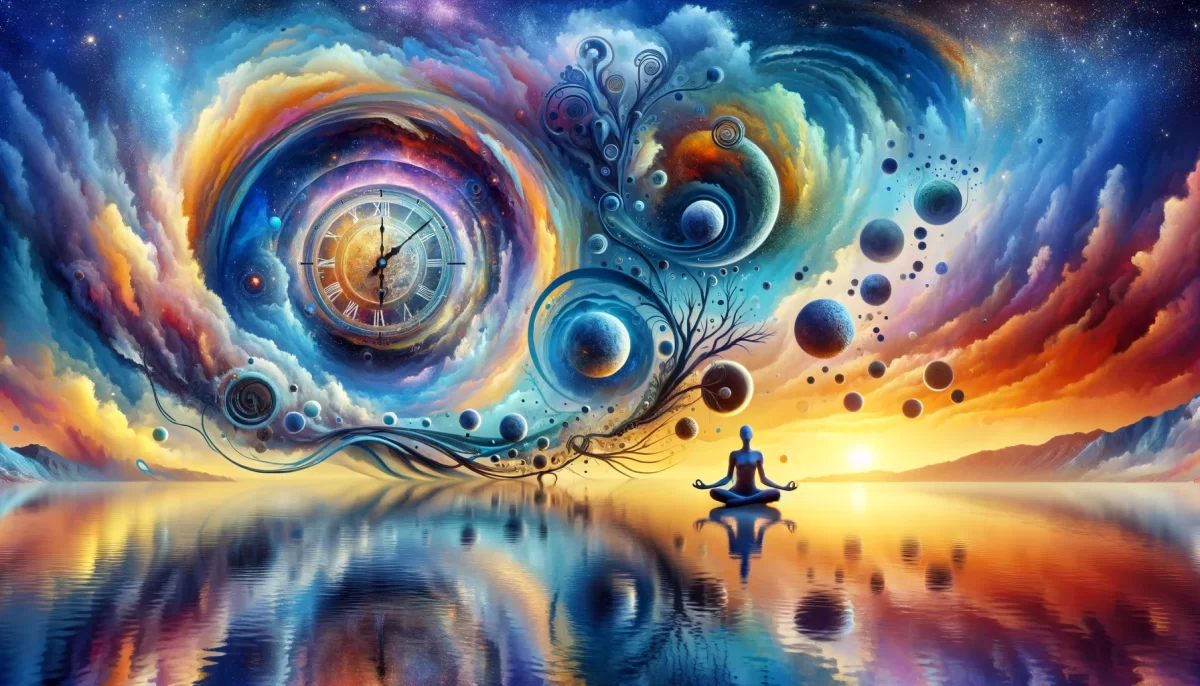

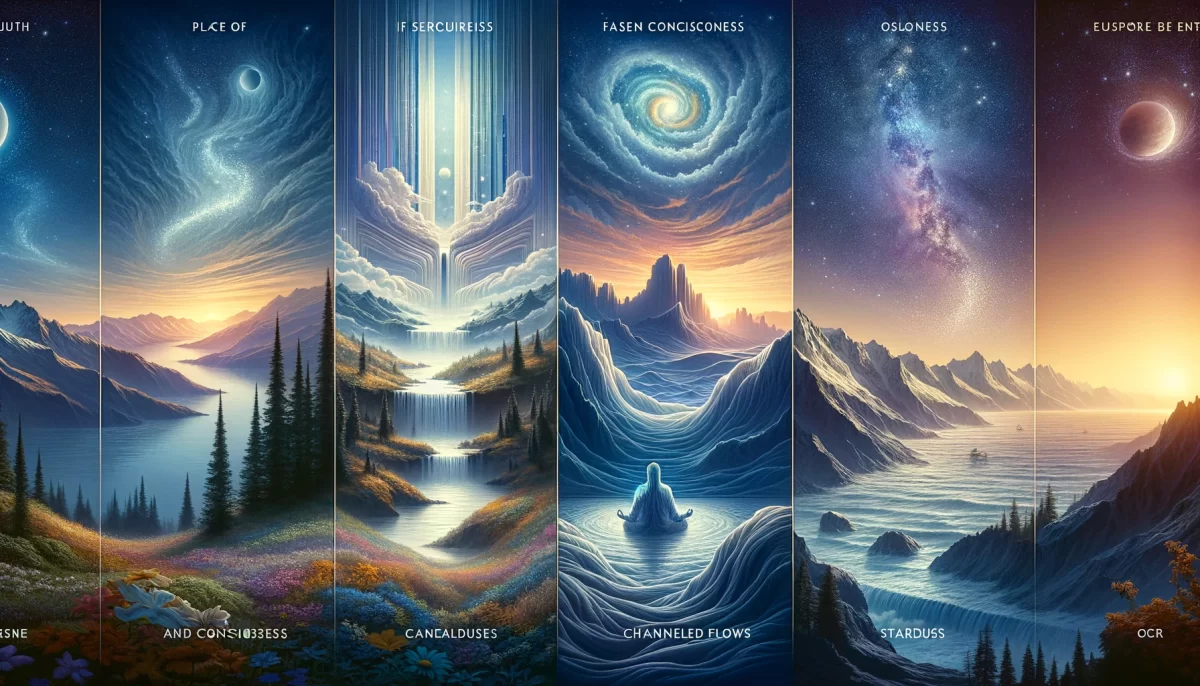
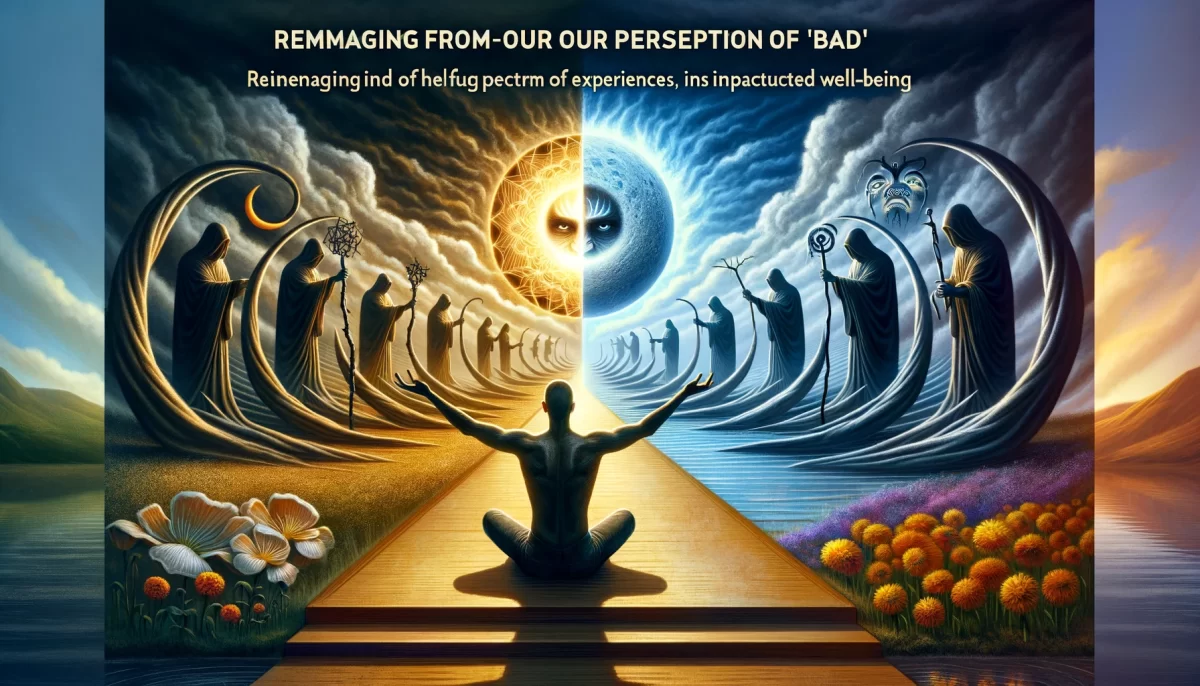

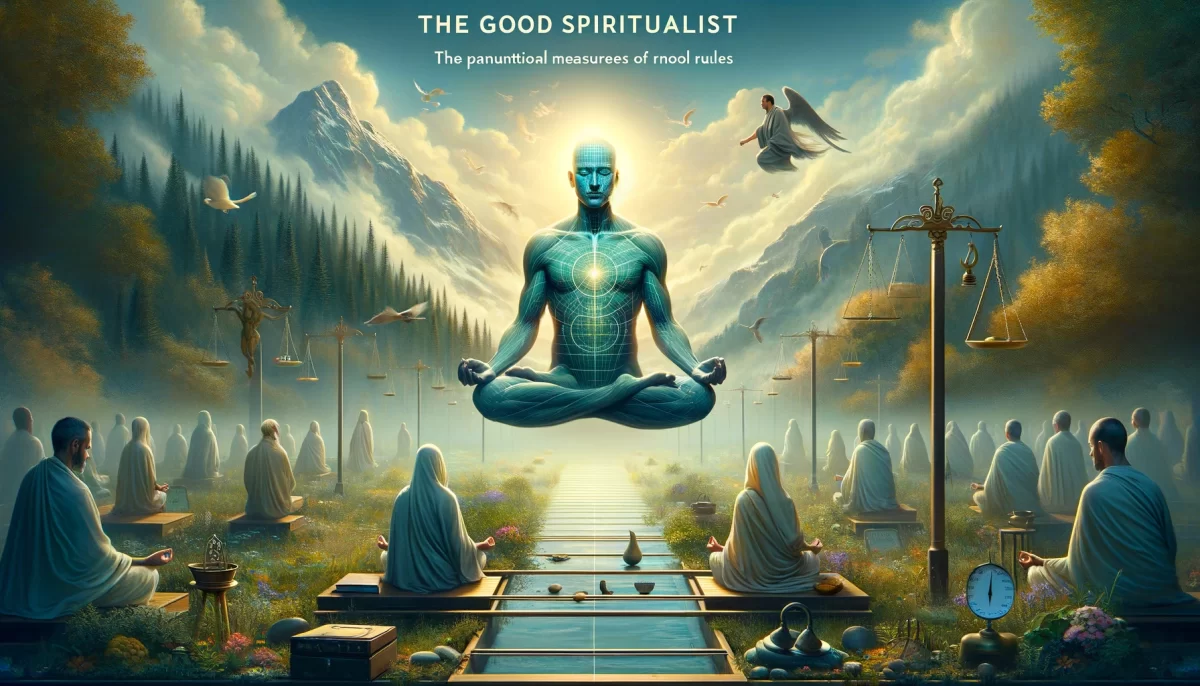
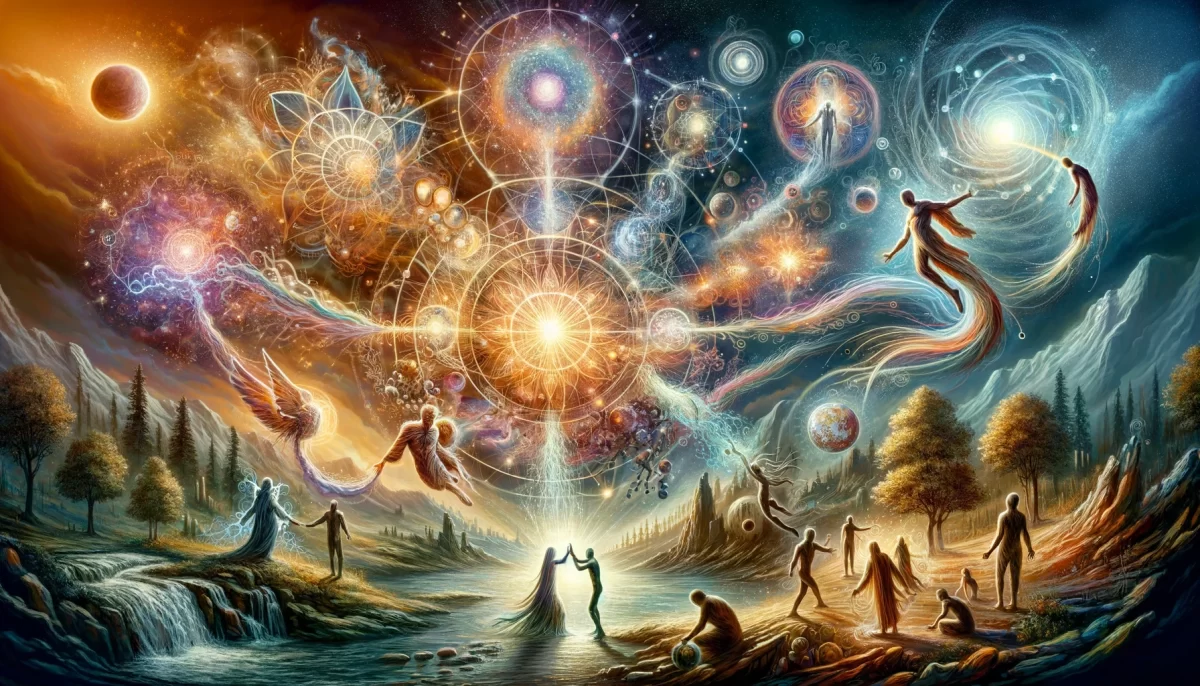


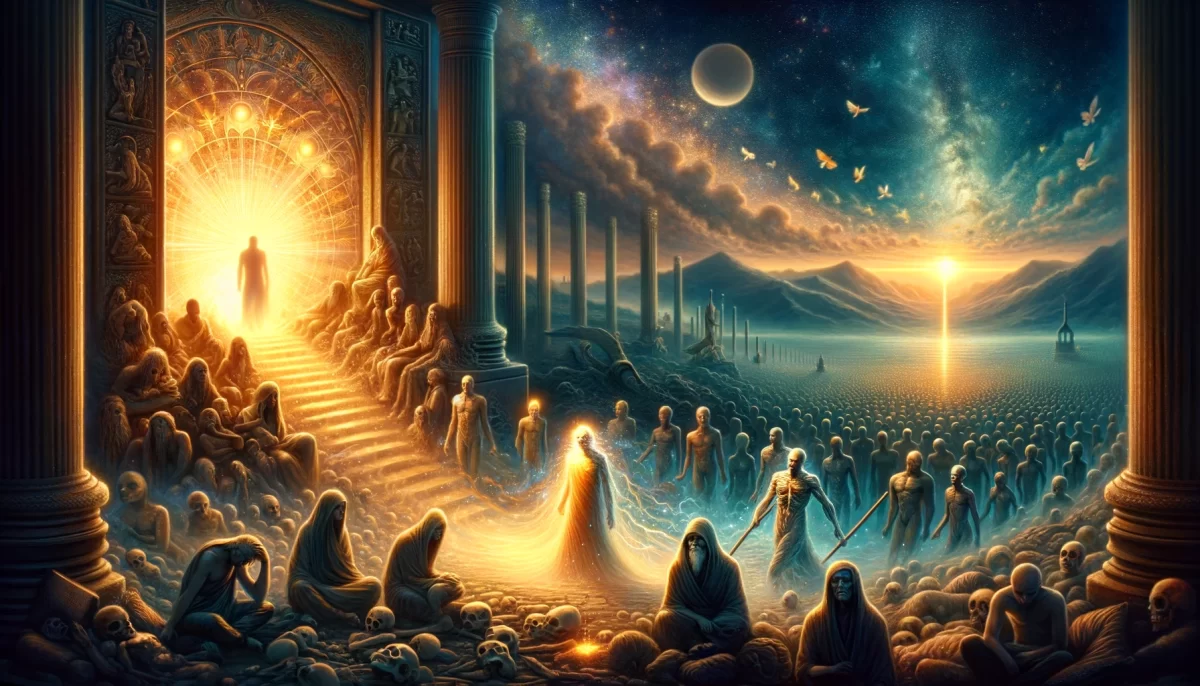


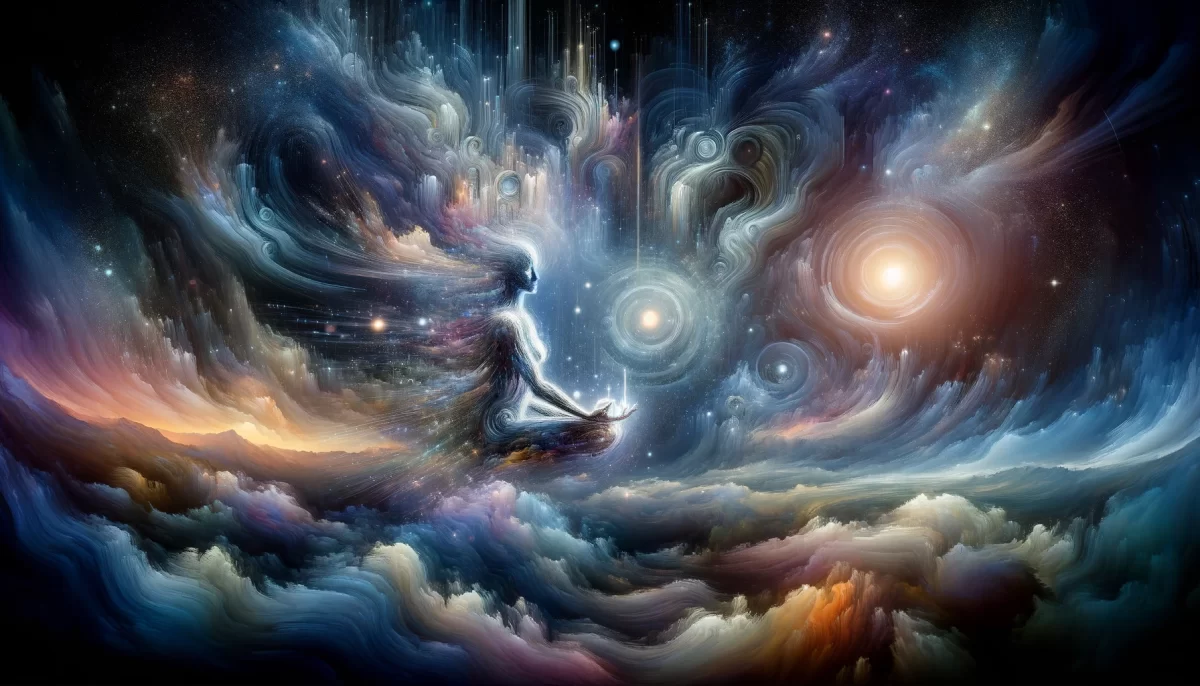
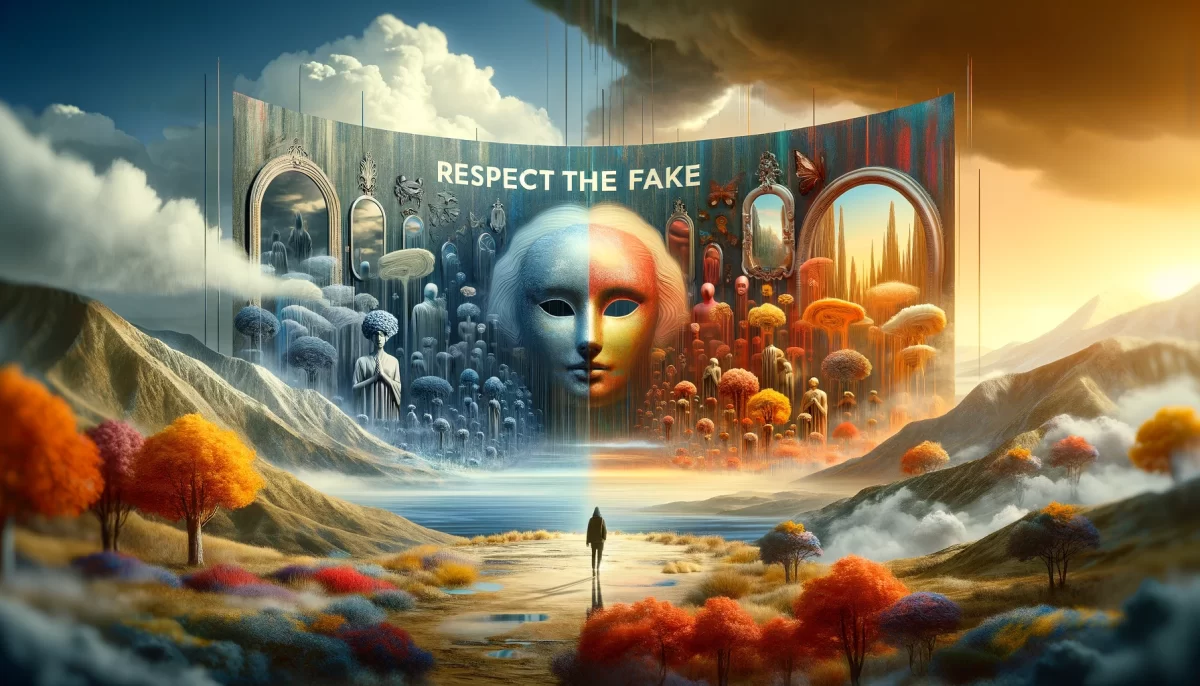
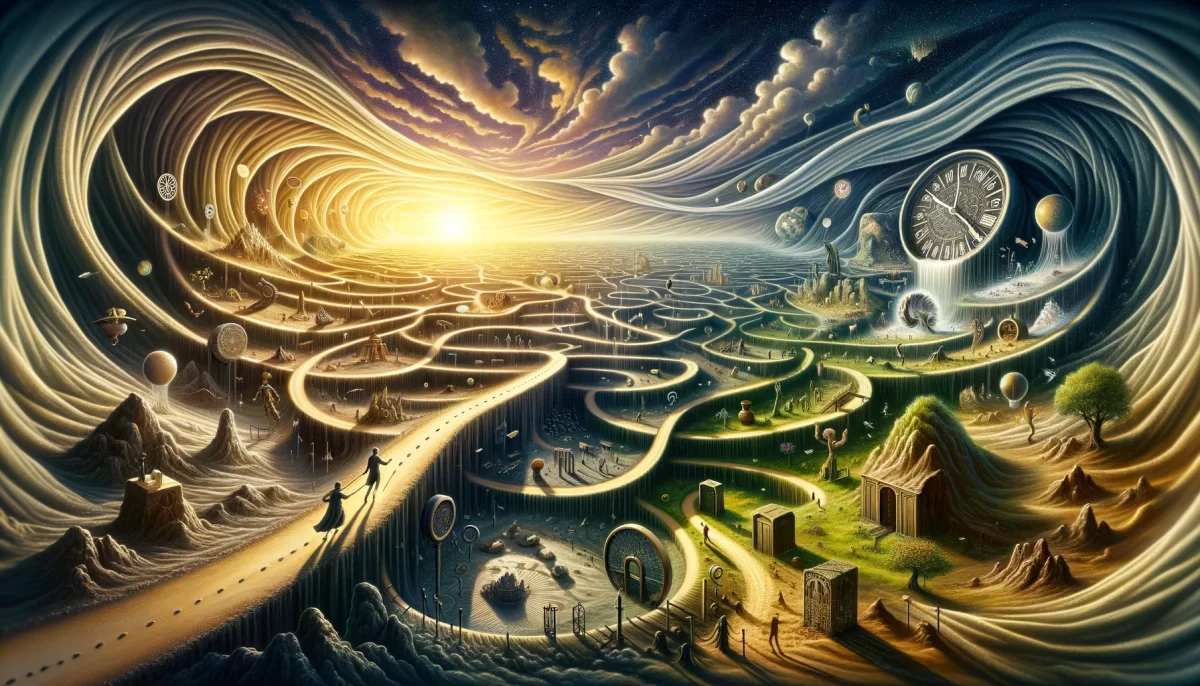
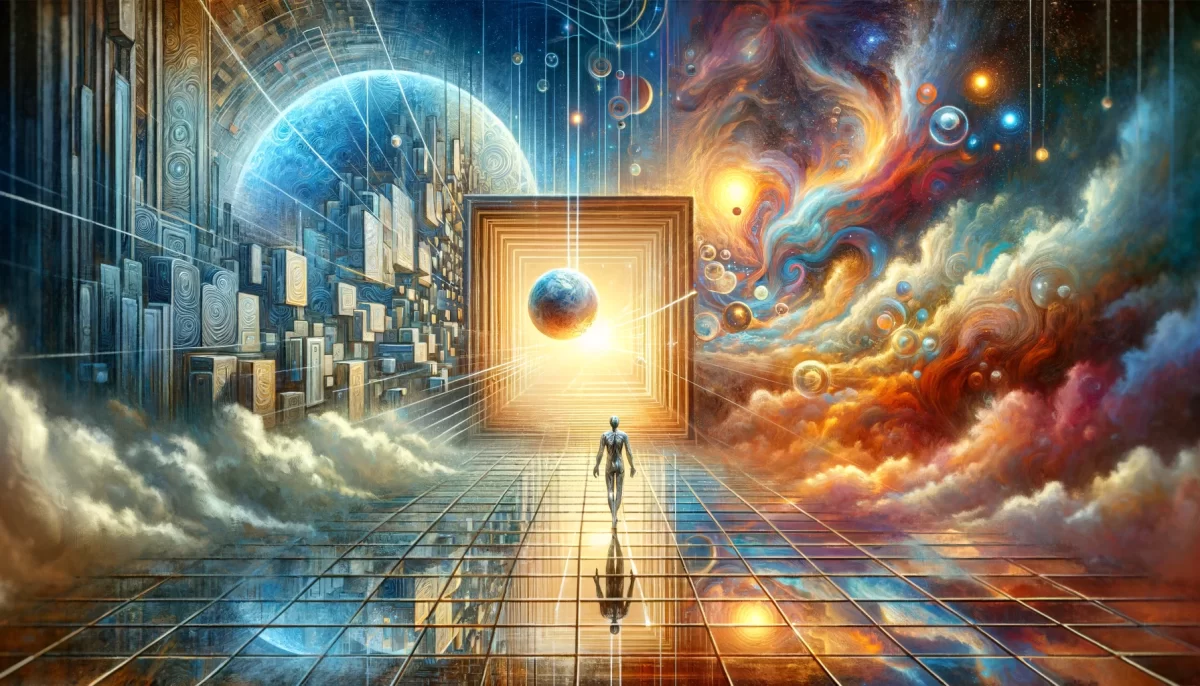
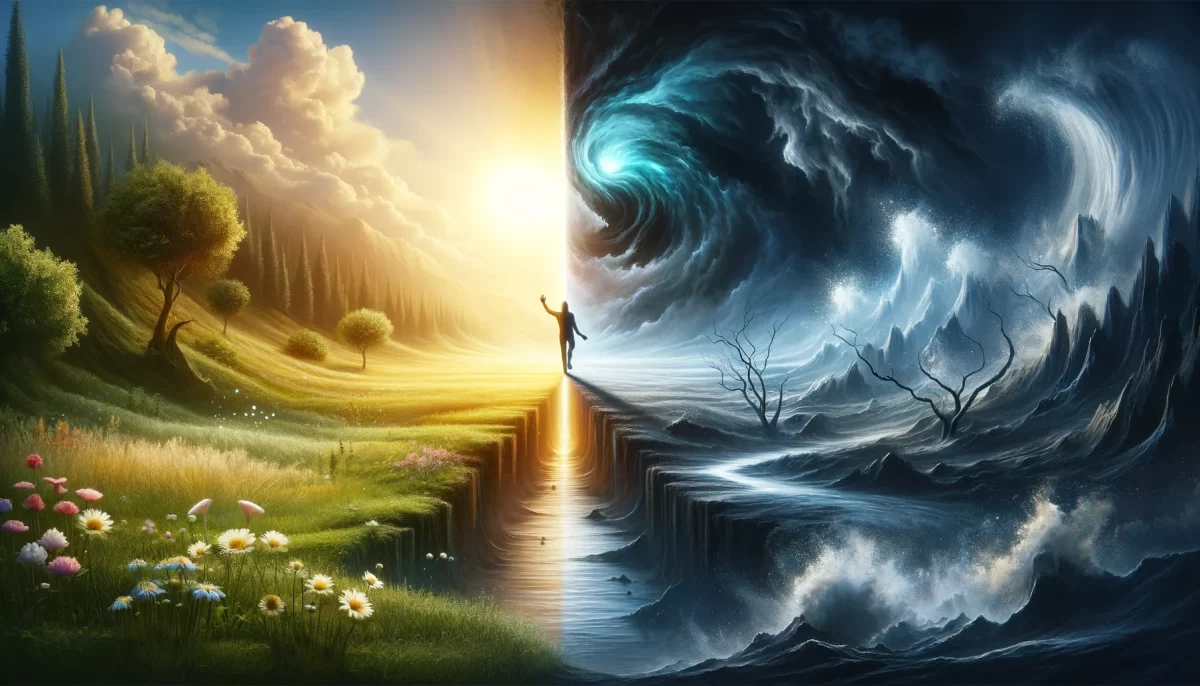
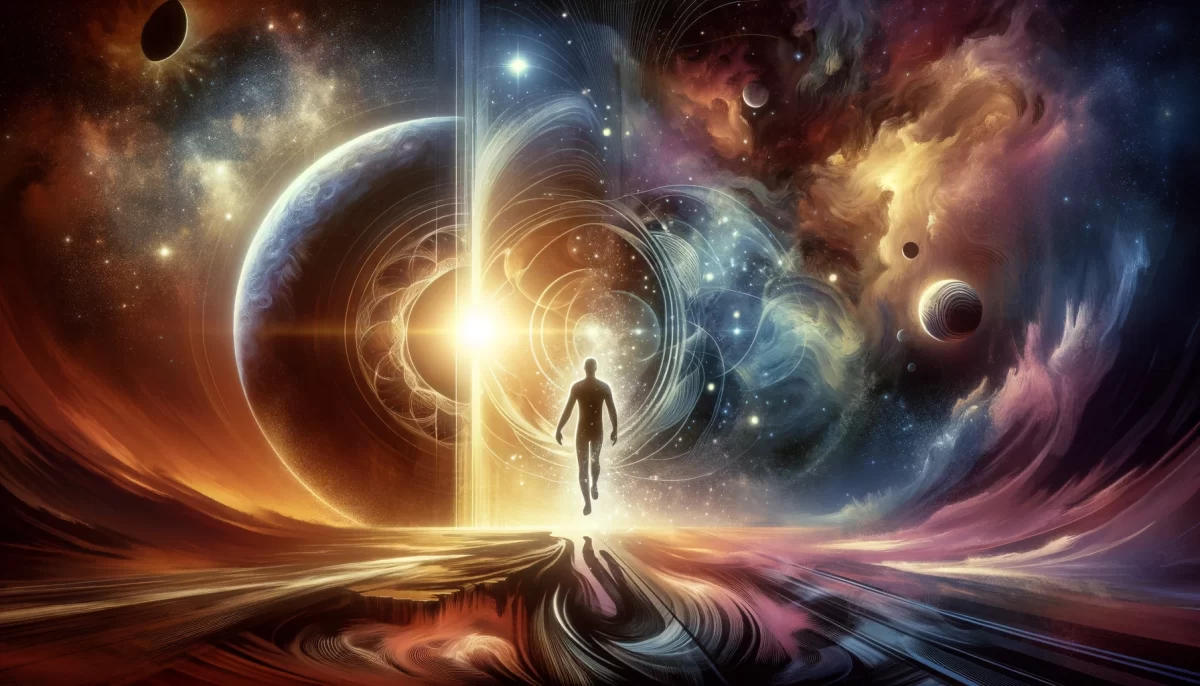
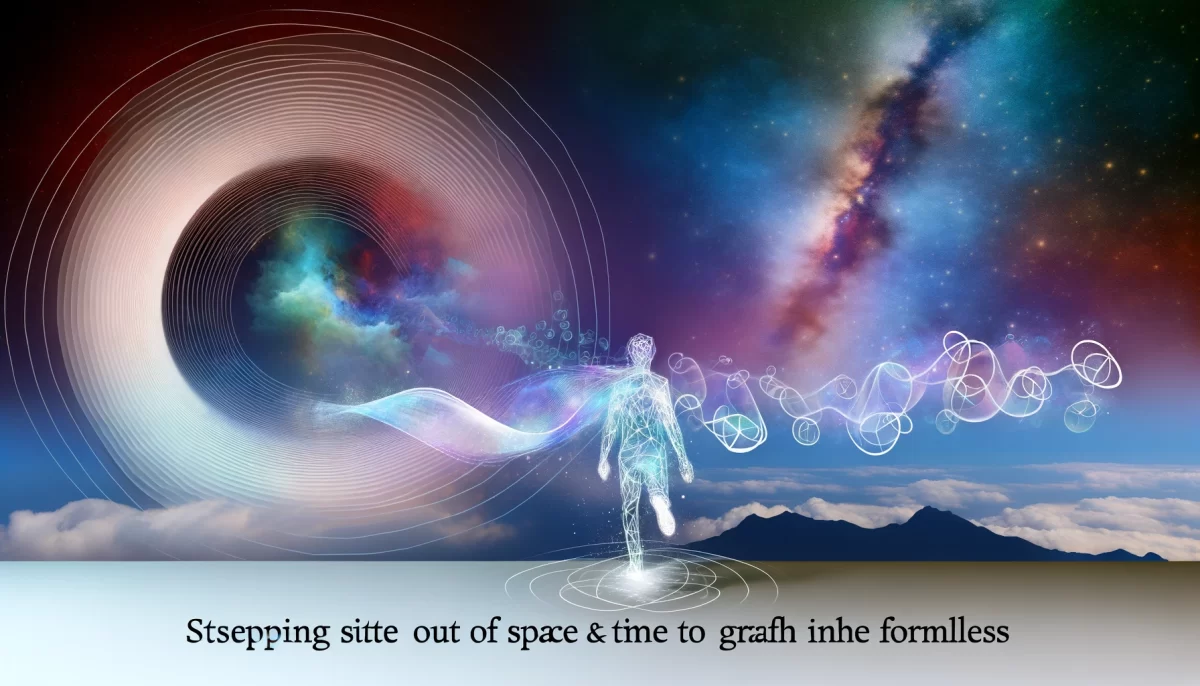
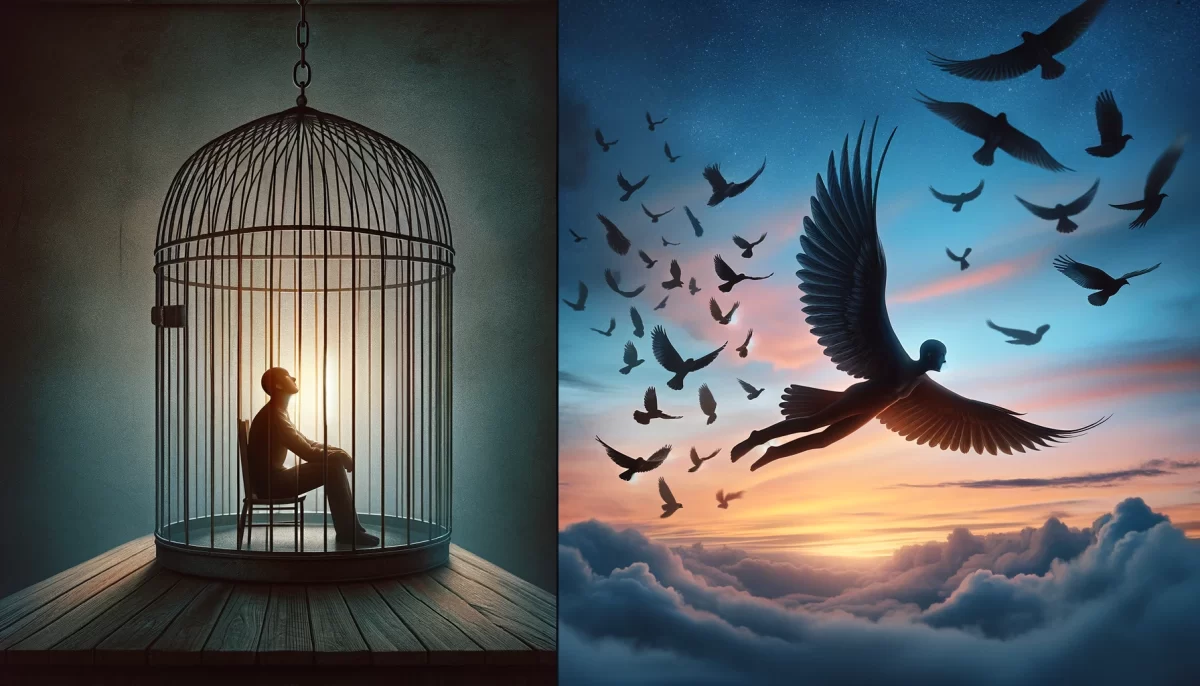
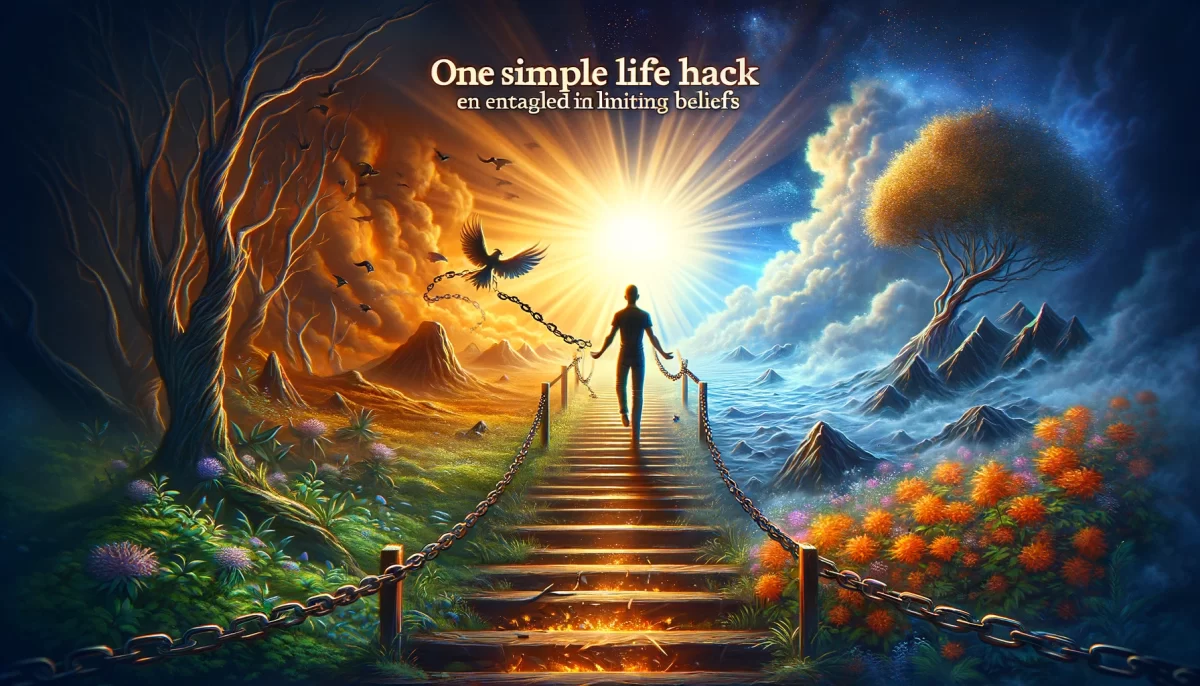
Leave a Reply